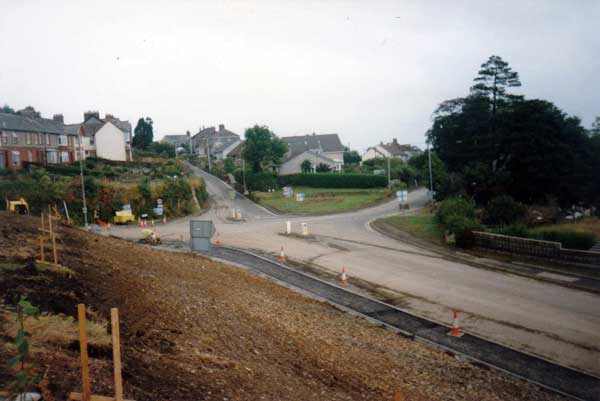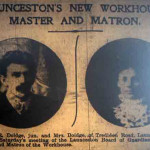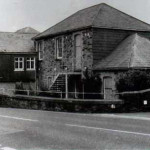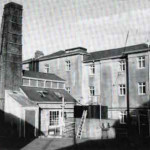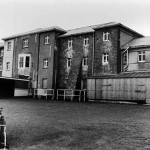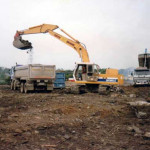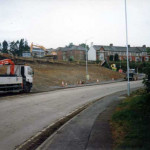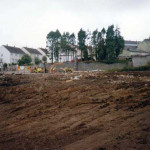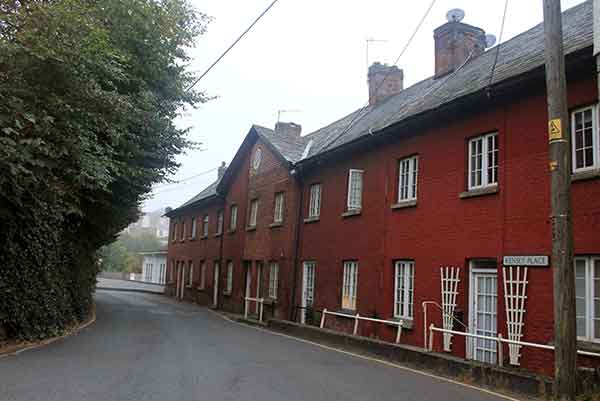
The original Workhouse was situated in what we now call Dockacre Road (then Horse lane) and is now a terraced residential housing called Kensey place.
The Quaker and prison reformer James Neild said of the premises in 1804: “A scene of filth, rags, and wretchedness, presented itself… The large room below stairs has a mud-floor; and whole families, men, women, and children, pig together. The upper room had several bedsteads in it, with the most ragged and dirty bedding I ever saw; the windows very small and close, the want of ventilation and decent cleanliness produced a stench almost insupportable. I was in the room but a few minutes before I was seized with sickness, which obliged me to withdraw”.
Built originally as a prison in 1755 it was re-fronted and turned into a workhouse with accommodation for up to 40 inmates in the nineteenth century.
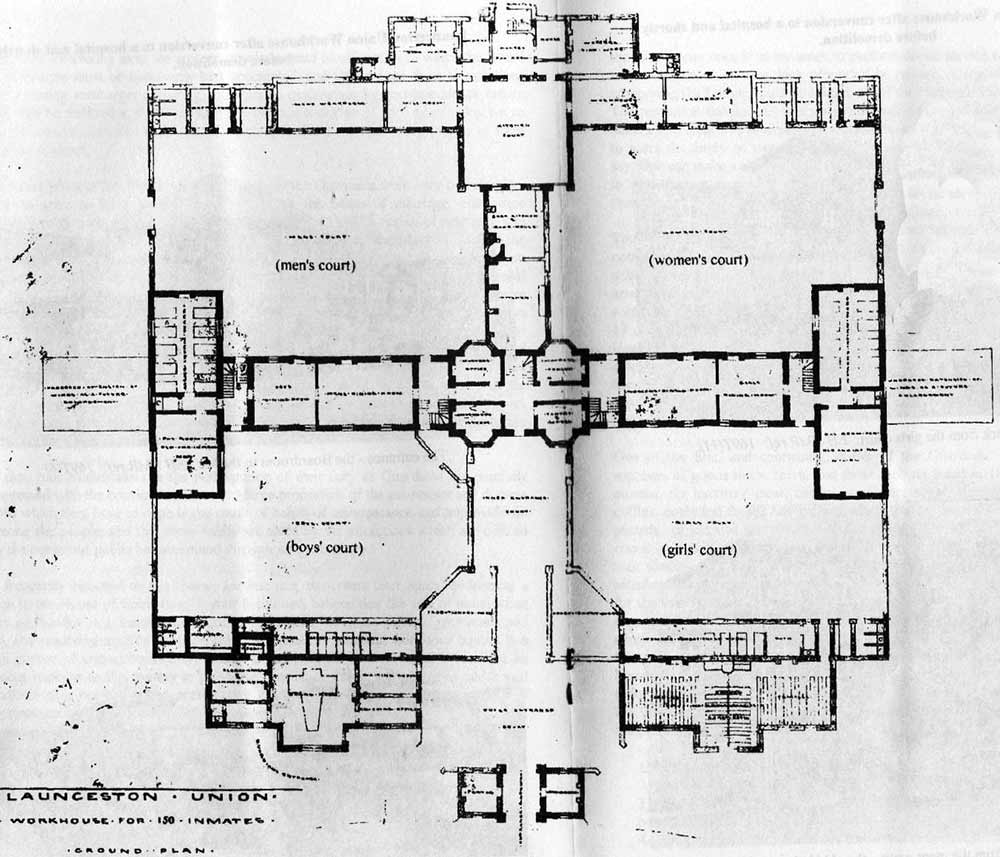
 As a result of the New Poor Act of 1834, a new purpose-built Workhouse was built in 1837 at Pages Cross (left) for the Launceston Poor Law Union and called the Launceston Public Assistance Institute. The first master of the new workhouse was a Mr Gruzelier. The inmates as they were then called were of a mixture of destitute people with nowhere else to go, some had mental health issues, in the 1911 census, there was a ‘King Alfred’ staying in the institute although he was described as being an imbecile. Many tramps (casuals) would come for a nights lodging where they could bath have some food and sometimes a change of clothing. They were expected to chop wood and break stones for road repairs in return for their stay.
As a result of the New Poor Act of 1834, a new purpose-built Workhouse was built in 1837 at Pages Cross (left) for the Launceston Poor Law Union and called the Launceston Public Assistance Institute. The first master of the new workhouse was a Mr Gruzelier. The inmates as they were then called were of a mixture of destitute people with nowhere else to go, some had mental health issues, in the 1911 census, there was a ‘King Alfred’ staying in the institute although he was described as being an imbecile. Many tramps (casuals) would come for a nights lodging where they could bath have some food and sometimes a change of clothing. They were expected to chop wood and break stones for road repairs in return for their stay.
Boards of guardians were created by the Poor Law Amendment Act 1834, replacing the parish Overseers of the Poor established under the old poor law, following the recommendations of the Poor Law Commission. Boards administered workhouses within a defined poor law union consisting of a group of parishes, either by order of the Poor Law Commission or by the common consent of the parishes. Once a union was established it could not be dissolved or merged with a neighbouring union without the consent of its board.
Each board was composed of guardians elected by the owners and bona fide occupiers of land liable to pay the poor-rate. Depending on the value of the property held, an elector could cast from one to three votes. Electors could nominate proxies to cast their vote in their absence. Where property was held by a corporation or company, its governing body could nominate an officer to cast its vote or votes.
Each civil parish in the union was represented by at least one guardian, with those with larger populations or special circumstances having two or more. The exact constitution of each board was determined by the Commissioners. Guardians were subject to annual elections. In addition to the elected guardians, any justice of the peace residing in a parish of the union was entitled to be an ex officio guardian.
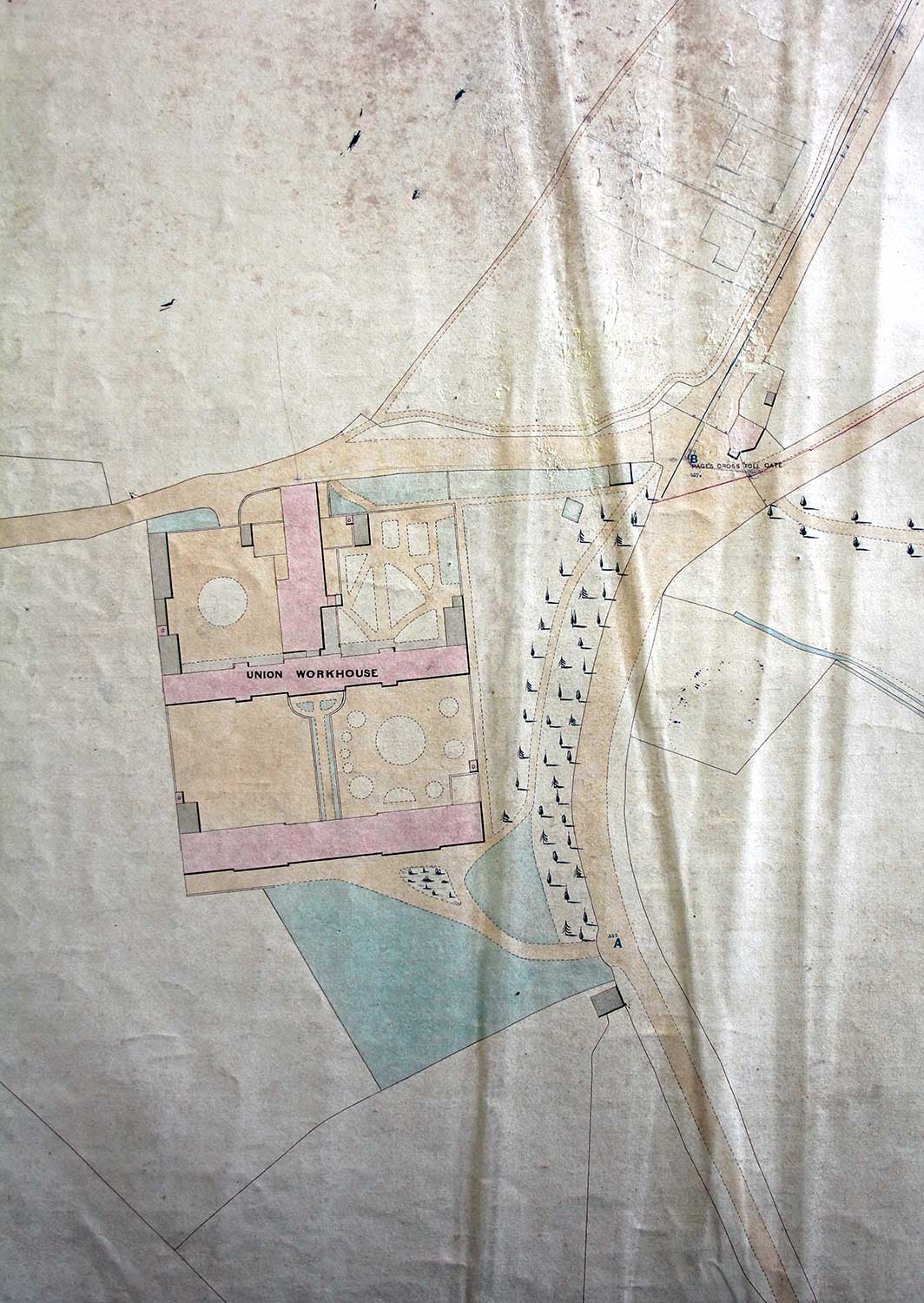
By the Public Health Act 1875, boards of guardians became Rural Sanitary Authorities for all areas outside a municipal borough or town with a local board.
The Local Government Act 1894 altered the system; members of newly established rural district councils became guardians for their areas, with poor law elections being limited to urban areas. At the same time, property qualifications were abolished, plural voting was ended and women were able to become guardians. The term of office of a guardian was increased to three years, with all guardians elected, and no ex officio or nominated board members. Boards were, however, permitted to co-opt a chairman, vice-chairman and up to two additional members from outside their own body, provided that they were qualified to be a guardian in a like manner to the elected members. Boards of guardians were abolished in 1930 by the Local Government Act 1929 when their powers and responsibilities passed to local and national government bodies. Launceston Union House minutes 1869-1875 Launceston Guardians meetings 1859-1880 Launceston Guardians meetings 1881
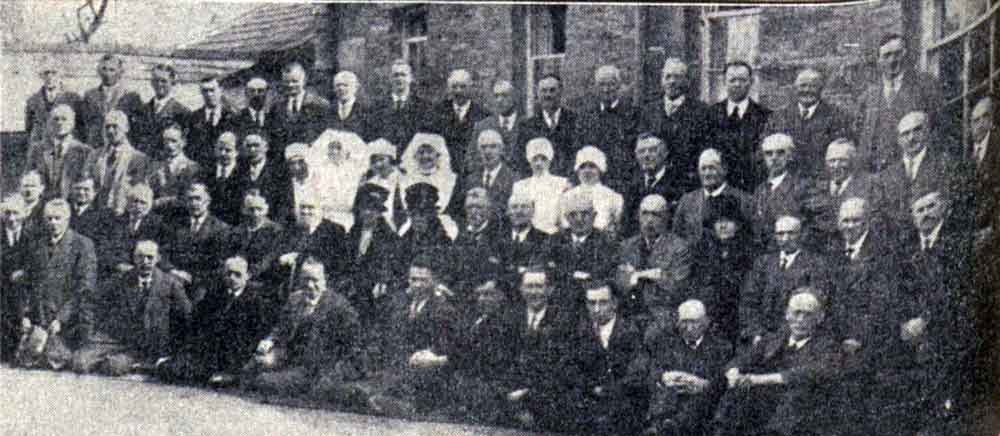
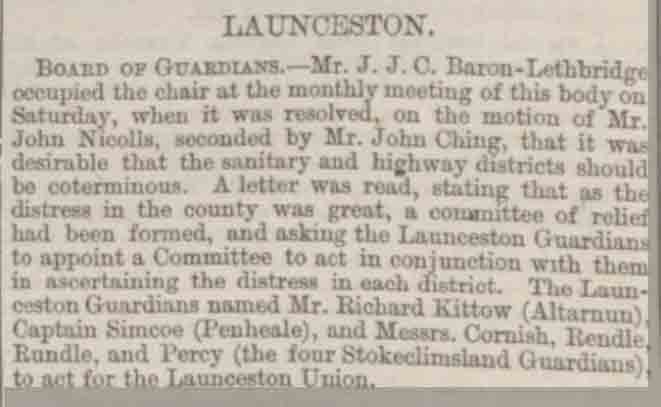
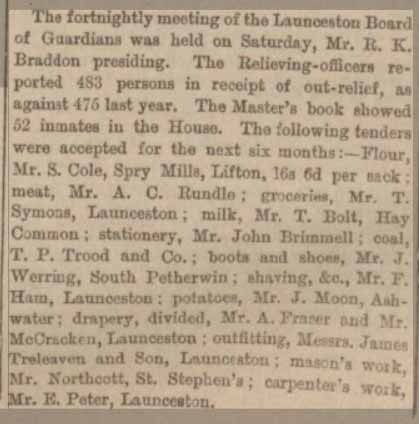
In 1948 with the advent of the new National Health service the Institute was renamed first the Pages cross Infirmary and a year later St. Mary’s Hospital.
St. Mary’s became a specialist hospital for the care of the elderly with its own day unit and occupational and physiotherapy facilities. At its peak, there were nearly 100 patients who were attended to by almost the same amount in staff.
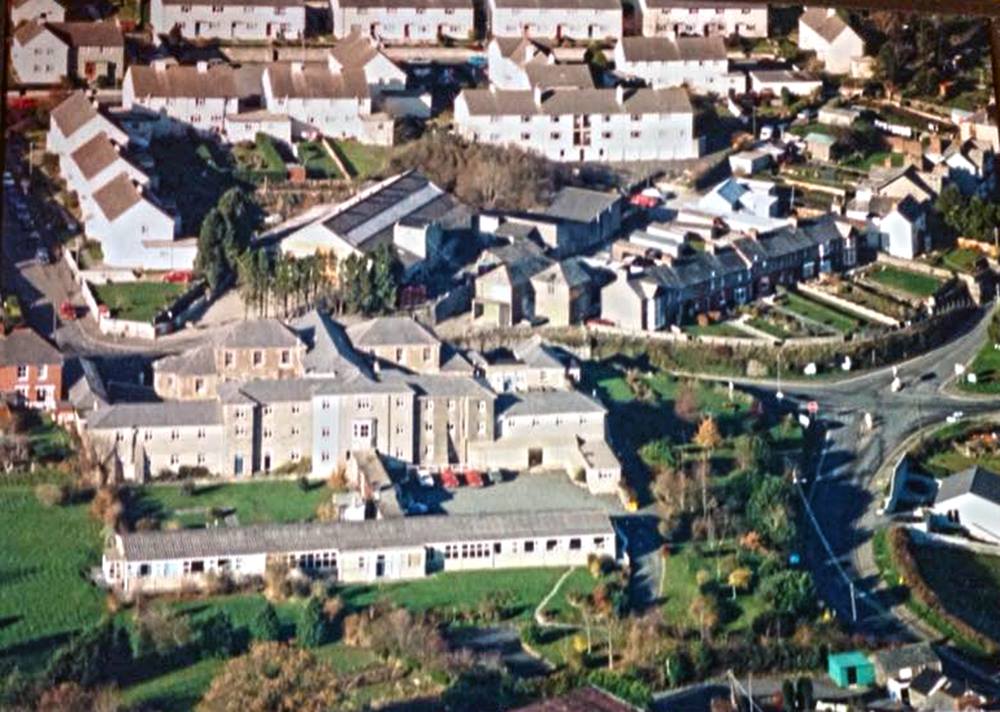
In 1988 it was announced that St. Mary’s hospital would close and a more up to date care facility would be built off the Link road (Kernow house). It actually remained open until 1992 when the last few patients were transferred. The whole complex laid boarded up for the next 18 months until in 1994 it was completely demolished in preparation for the new Tesco supermarket.
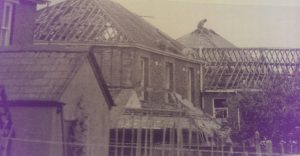
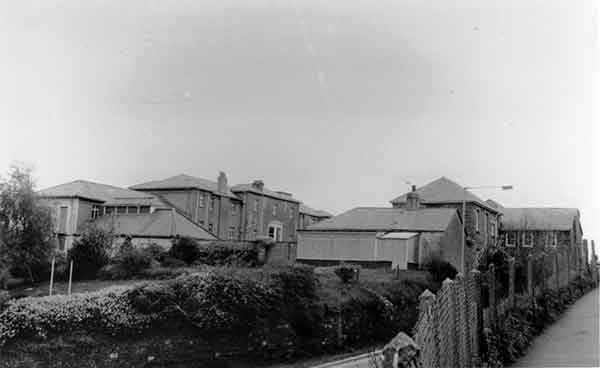
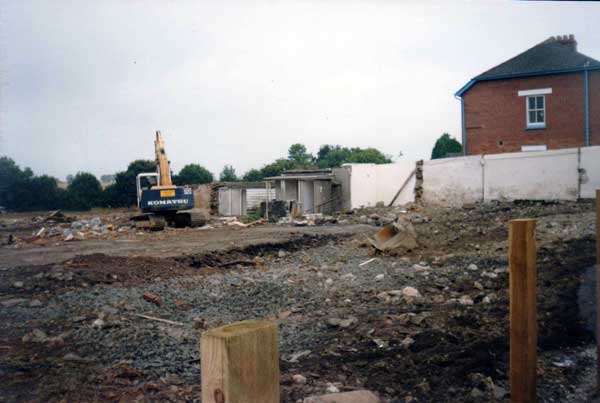
St. Marys Gallery.
Visits: 343

